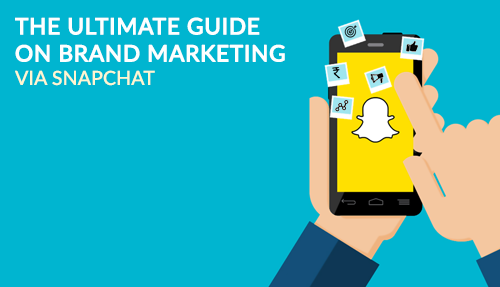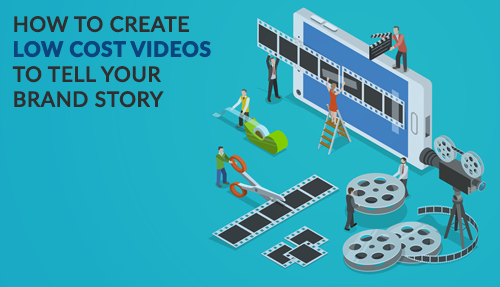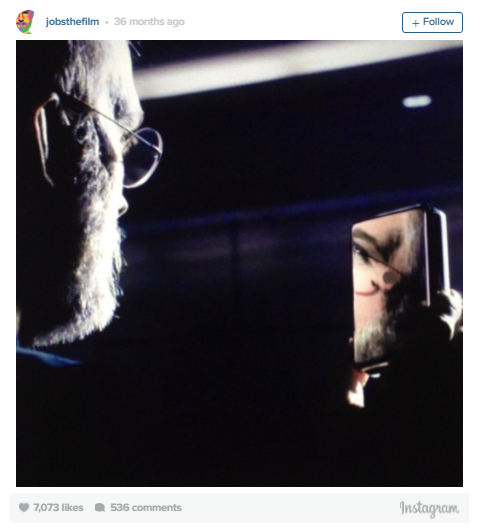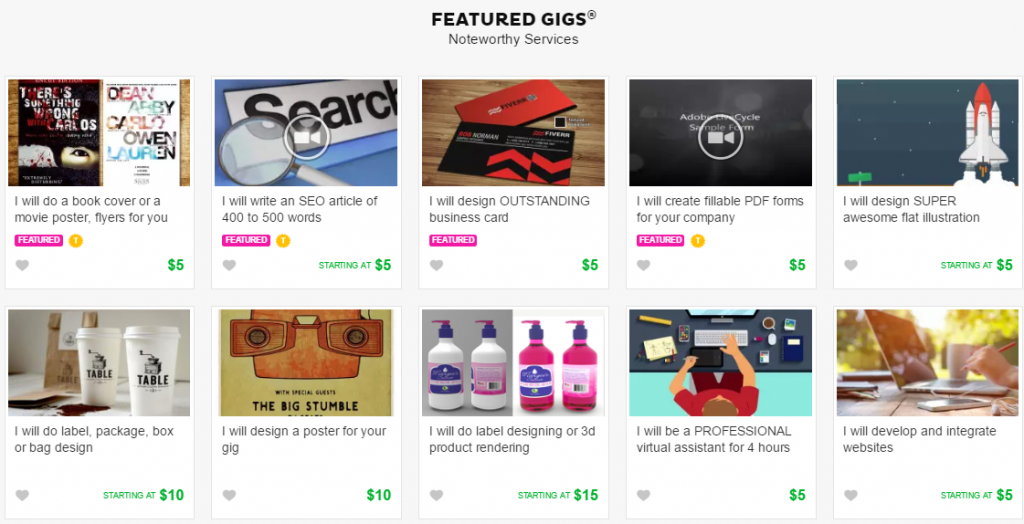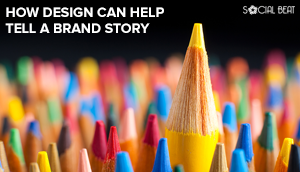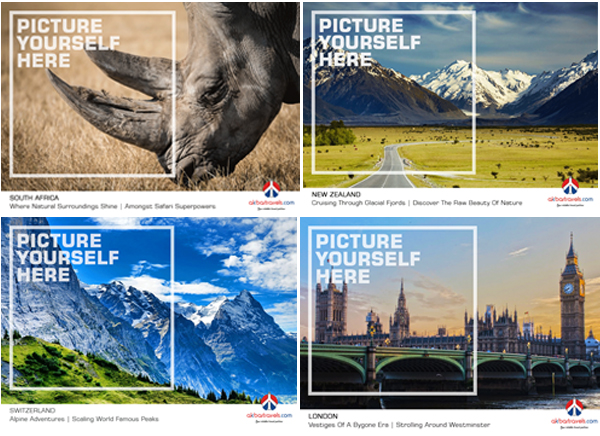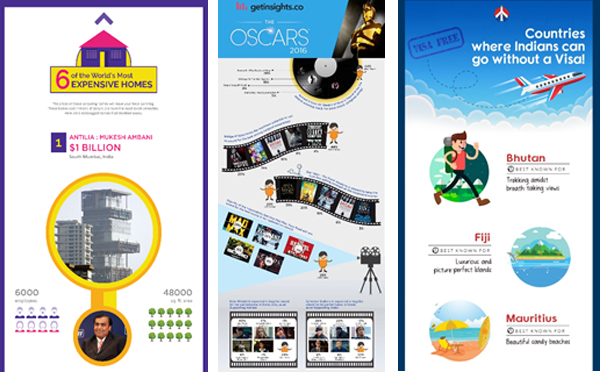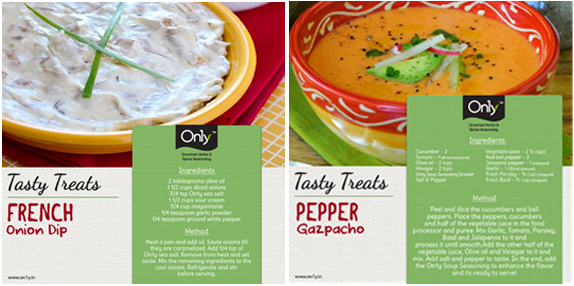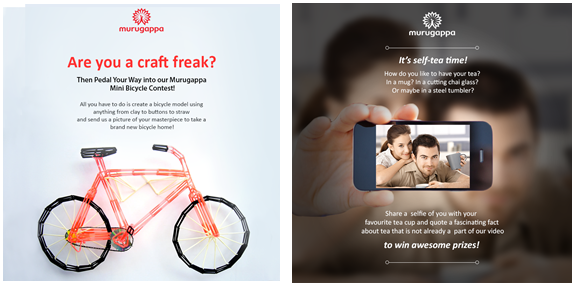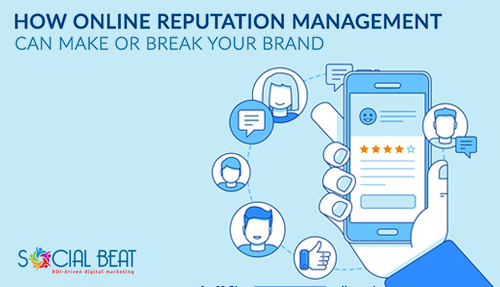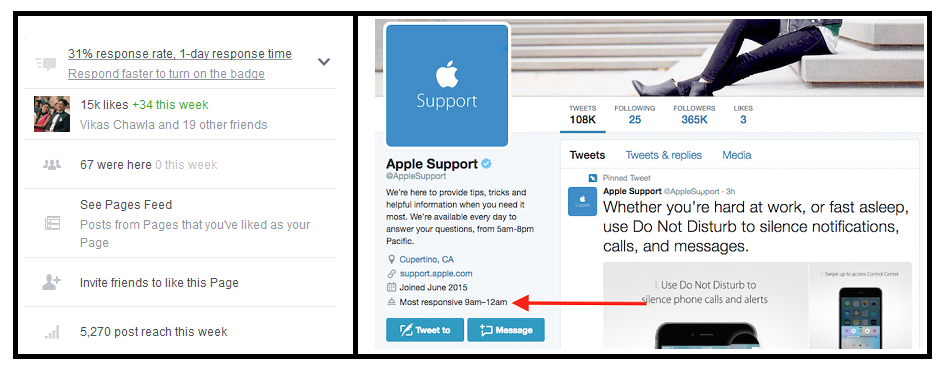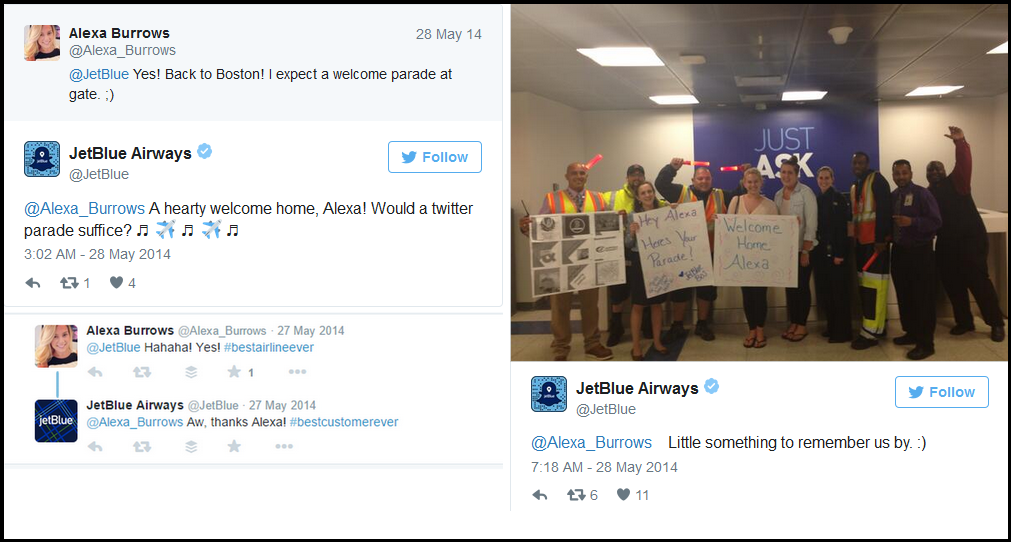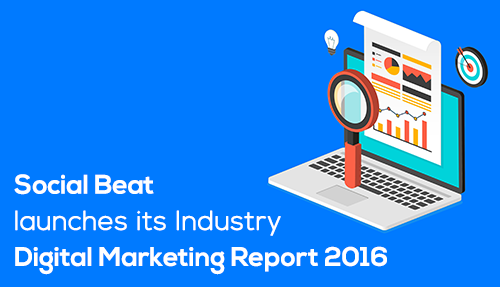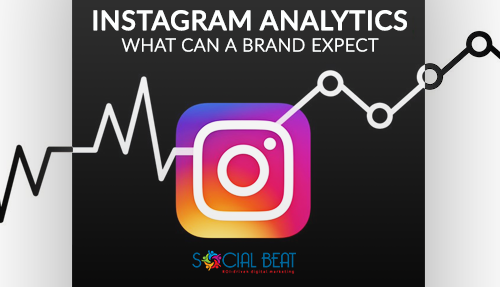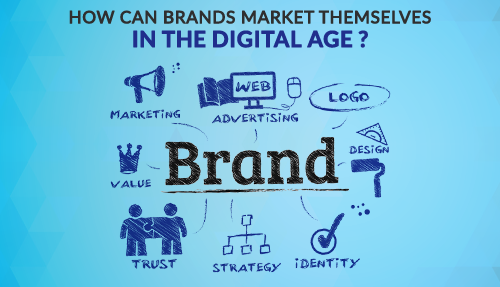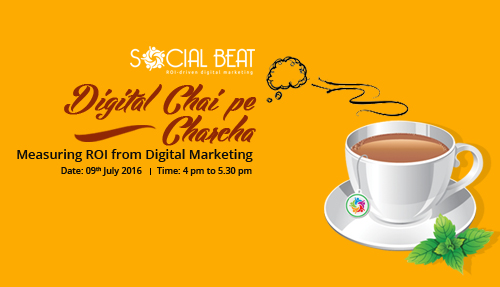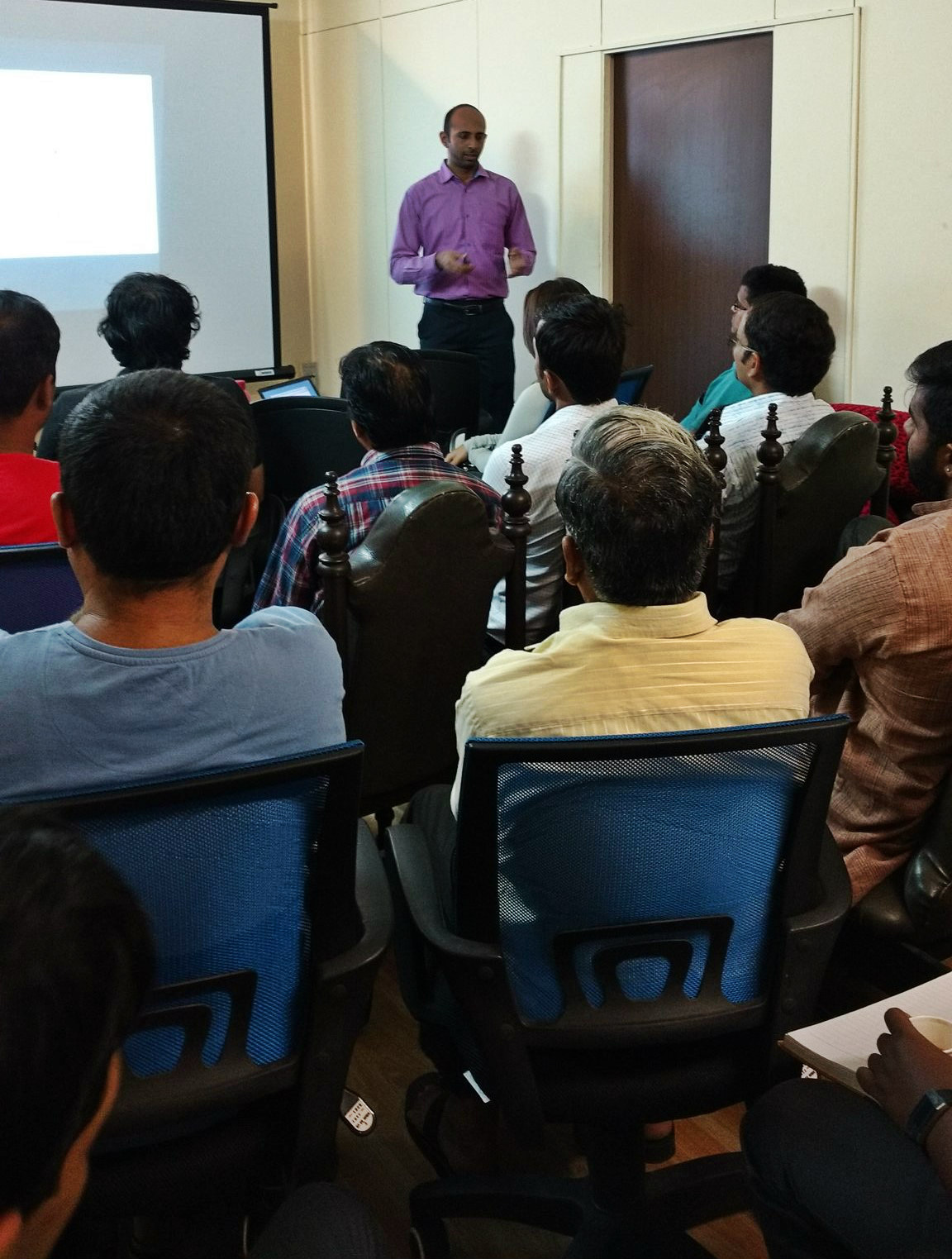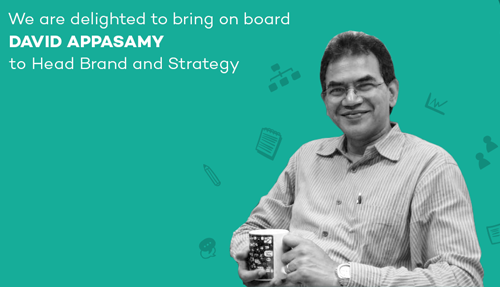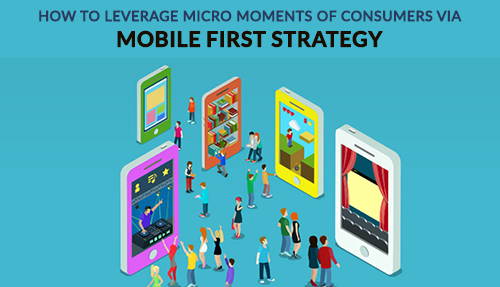A picture speaks a thousand words, a phrase that we are all familiar with. Snapchat, a social media messaging app proves this phrase right. Similar to Instagram, Snapchat allows users to share pictures and videos for a set amount of time with friends after which the picture self-destructs. It was launched by Evan Spiegal and Bobby Murphy in the year 2011. It is widely popular amongst the teens and young adults and this trend is starting to gain momentum amongst the other generations as well. At Social Media Week’s around the world, Snapchat has become an increasingly discussed topic.
How to use it
Download the app
The Snapchat app is available on both google play and app store. Begin by downloading this app.

Source: Hubspot.com
Set it up
Once you have downloaded the next step is to sign up. Set up your account by entering your email, a username, and a password. However, it is advisable to choose a good username since Snapchat unlike other apps, does not allow you to change your user name once you set it.
Account settings: Adjust your privacy settings. To do this, click on the ghost icon above on the screen. This will lead you to the settings tab in which you can choose who can view your snaps and stories.
Profile picture: Snapchat lets you set an animated profile picture. Tap on the ghost icon on the top of your screen and click on your snapcode and then upload a picture of your brand.

Look for friends & customers
Now that you are all set, it’s time to connect with your friends. To add a new friend, click on the ghost icon and then say add friends, this lets you add customers or brand well-wishers either from your address book or by username or snapcode. You can also add fans by location.

Send snaps to your fans
To share a snap with your fans, open the camera and click on the circle button present on the screen below. You can also shoot a video for which you would have to press and hold the button a little longer. You can also enhance the snap by adding filters, texts and images on it.
The latest Snapchat version offers you a variety of lenses that are fun to experiment with. To use this, click and press on the screen, this would allow it to capture the shape of your face. Once this is done different lenses appear and you can choose and try different ones by scrolling left.
After you are done, you can send the snap by tapping the arrow in the bottom left side of the screen.
Share story
A snap story can be viewed by everyone on your friends/fans list. You can add multiple snaps and videos and this stays for twenty-four hours.
Follow the same steps as creating a snap, except instead of choosing few people to send it to, you need to choose ‘my story’ to post this.
Live chat
This feature on the app allows you to video chat with your fans. To start a video chat, click on the video button present below the chat tab. This can be an interesting way to showcase a new product launch or to talk about a new/interesting development with your brand.

Source: www.wired.com
The emojis
Snapchat has different emojis next to your contacts to denote the different levels of friendships which is based on your snap chat activity. Be careful while using this for your brand as these emojis also need to represent the tone of not just your brand but the message being amplified.
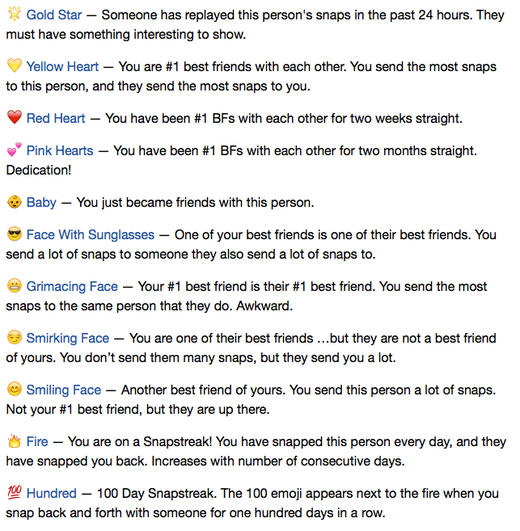
Source: askmen.com
How to use it for your business
Snapchat is one of the fastest-growing social networks. This medium helps you to come up with some fun, engaging and creative campaigns. The app’s features like filters, geo-filters, adding text, emojis, etc adds the element of fun to snaps. Many brands have begun to use Snapchat as a part of their marketing strategy. Wondering how you can use Snapchat for your business? Here are few ways you can:
Live events
If your business is hosting or a part of an event, use this app to cover all the live happenings at the event. This way your audience members will be able to view your event live, no matter where they are.
MTV – Vmas Celebrity Story
Channel, MTV, created a live story during the VMAS, where they were updating snaps live from the event. They received around 12 million views on this platform. All the fans, no matter where they were, could view everything that happened at the award show. Watch this video here:
Behind the scenes
Take your fans behind the scenes. This is a great way to engage with your audience and get them excited. Capture some fun moments at work, like celebration or team lunch, etc. Experiment by using all the features of this app. This gives the users a different experience from what they would get from other social media platforms which in turn will make them want to engage with your brand on this platform.
Once the users get a glimpse of what is going on behind the scenes it will make them feel that they are a part of an overall process.
Contests & offers
Just like other social platforms like twitter and Facebook, you can host fun and exciting contests on Snapchat. You can use this medium to provide the promo code for a sale that is happening in your store or website. This is a part of the shopping trend and seemed to have worked well with a few of the brands.
Influencer campaign
In today’s world, influencer marketing is one of the popular ways to reach a wide target audience. Tie up with influencers that have a high Snapchat score and a good number of followers on other social media platforms as well. Influencers who are avid Snapchat users will know ways to make the content even more interesting by using all the features of the app. Disney world hired Mike Platco who’s personal account gets close to 120,000 views per snap, as an influencer when they launched their Snapchat account. Mike is a great story teller as well as an artist and he utilized these skills of his on his snaps around the theme park.
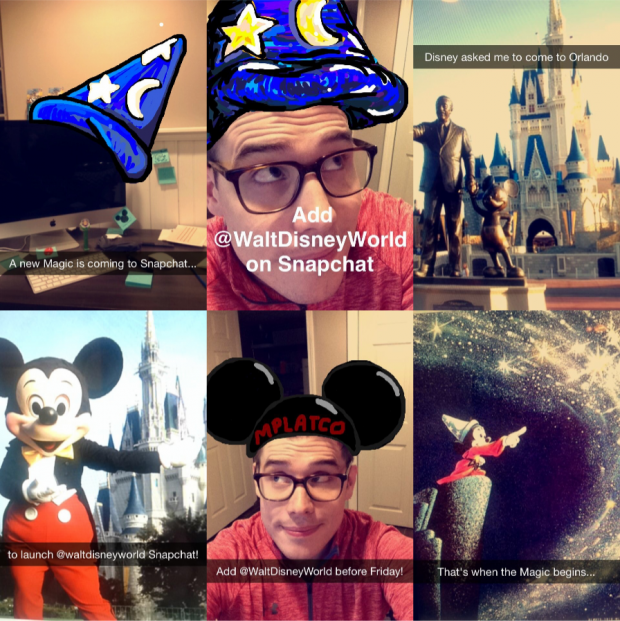
Source: http://www.socialmediatoday.com/
Demonstrate your products
Launching a new product? Create a buzz around it and get your fans excited and geared up for your product launch. Give them a sneak- peek or a preview of the new product.
Apart from product launch, many brands make use of this platform to give a demo of their products.
Burberry leveraged this medium to feature their new collection before the actual show early this year. This way the brand was able to increase the engagement with its fans by getting them geared up and excited for the actual show.

Source: www.postano.com
Geo filters & Sponsored lenses
Create and add Geo filters for your brand. Sponsored geo filters work well for many brands. Since this lets you add your logo or anything specific onto the filters. Sponsored lense is another interesting way to engage the audience. This helps in terms of branding as well.
Beats, the famous headphones company used the sponsored lense to promote their black Friday sale. Users were able to add the lense over their photo to create funny videos in which the user’s eyes would get wide and their heads would move back and forth.

If you are not using Instagram or snapchat for your business, you are missing out on something! So go ahead and start exploring ways to leverage this platform.

